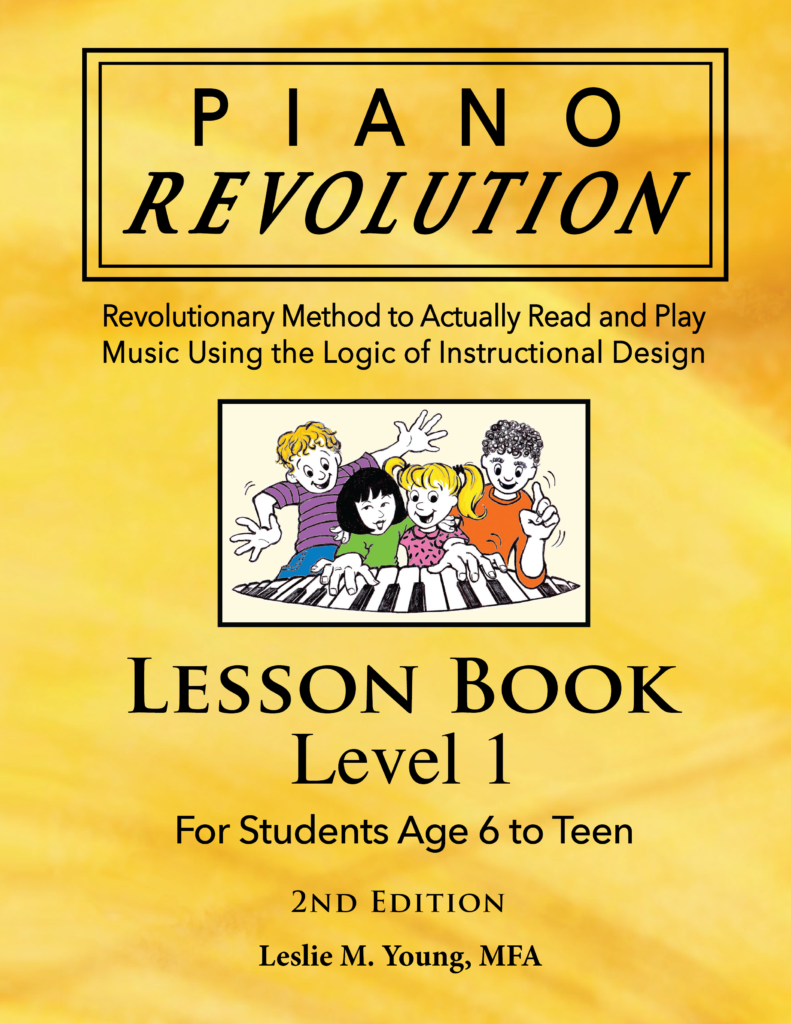Beginner Piano Method: Out with the Old and In with the New!

Out with the Old and In with the New – Piano Method, that is . . .
Recently I came across an article that described one of the first – perhaps THE first – piano method books to be published: the Bertini Pianoforte Method. I found a scanned copy of the entire book but could not see a published date, so am guessing it was around the 1840s to 1850s. Henri Jerome Bertini (1798-1876) was well known in his day as a French classical composer, as well as a distinguished pianist.
Sample Bertini Pages
Here are a few pages that I thought to be most representative of the lesson progress in the 1800s Bertini Pianoforte Method book:
Lesson 1 page 2

Lesson 2 page 4

Lesson 5 page 10

Lesson 12 page 20

Lesson 16 page 28

The rest of the book introduces a study of scales on page 30; dynamic signs, tempos, and arpeggios in the pages up to 60; arpeggio chords and chromatic scales in pages up to 83; exercises in thirds, sixths, and octaves in pages up to 171.
Are You as Perplexed as I Am?
Remember, this Bertini Pianoforte Method was for beginners, all in one book! It’s more like an encyclopedia rather than a graduated method for learning to read and play piano music. In the 1880s that was what existed, rather than separate books of graduated skill levels.
In the years after Bertini’s book appeared, other method books were published. Among them were:
Beginners’ Book of the Oxford Piano Course in 1928
John Thompson’s Modern Course for the Piano in 1942
John W. Schaum Piano Method in 1945
Michael Aaron Piano Primer in 1947
The Leila Fletcher Piano Course in 1950
Eckstein Piano Course in 1951
The Ada Richter Piano Course in 1954
Robert Pace Piano Series in 1954
Alfred’s Basic Piano Series in 1983
Bastien Piano Basics in 1985
Faber and Faber in 1993
In my brief examination of Bertini’s book, I suggest it is rather aligned the same as some modern piano course books – systematically coordinating beginner concepts together, leading to more difficult, and then even more difficult IS the methodology. For instance – John Thompson’s, though Thompson’s now by comparison seems a great deal more interesting and manageable.
Other Issues
I came across an interesting comparison study done in 1956 – so much closer to the time these earlier publications were in popular use. Some of the statements made in the comparisons of these courses included:
- The main pedagogical weakness is the insistence on using position playing. Position-playing approaches afflict so many other methods currently in vogue.
- American-trained Suzuki students often cannot read music, depend too much on playing by ear, and can lack a strongly developed technique.
- Students who have been raised on this method exclusively sometimes seem to have limited competence in note reading and undeveloped technique.
- There is too much off-the-staff reading in the beginning.
- The lesser focus on note-reading slows the student’s reading ability and progress.
Know the Piano Method
Knowing the instructional strengths and weaknesses to look for when choosing a teaching method for piano students would be critical to the success of the learners.
Put Your Current Piano Method to the Test
Consider how the method book you currently use addresses the five main issues listed above. Does it have an easily identified methodology for introducing note-reading, or does it rely on hand positions, finger numbers, and/or rote repetition (without a critical-thinking process) as crutches the student must use in order to play any written notation?
That comparison really takes a conscious effort on the part of the professional teacher – to consider perhaps breaking away from the popular publications generally accepted. For the parent as teacher in homeschool settings, a comparison should reveal which method book is immediately understandable and “doable” – so that the parent only needs to be a guide and facilitator who follows a flow of easy and precise instructions – using a proven and tested method that provides successful learning results.
If You Can Read Words You Can Teach Yourself or Your Child Using the Revolutionary Piano Method
This is like no other published course for learning to play the piano, as it is based on the principles of Instructional Design. One concept at a time is introduced, and the student is allowed to become somewhat proficient before introducing another concept.
The student uses a thinking process which enables him to identify lines and spaces and locate their corresponding keys. This cognitive approach facilitates keyboard playing without dependence upon hand positioning on a specific key/keys or fingering based on five-finger positions. This is critical to sight-reading notes and is similar to learning to read a language phonetically, rather than memorizing words by sight.
A Final Comment
Over the course of my forty-year experience as a private and public piano instructor, having used many other publications at some point, I decided to devote much time and effort to the creation of the Revolutionary Piano Method because I felt it would fill a gap in existing piano education. I have seen transfer students (who used other methods unsuccessfully) switch to this new critical-thinking approach to learning to sight-read and then rather rapidly excel in their abilities to perform.
Having said that, I will also state what this course does not attempt to introduce to the student. There are five levels per age group designed to give the student solid sight-reading skills. These books are not a study of music history or composers. They touch lightly on technique and use finger numbers sparingly, so as to not have a certain piano key associated with a particular finger. They offer a range of classical works in levels 4 and 5, but not in the lower books. It is anticipated that the teacher will lead the student to continue piano study using other publications after completing this course, when a foundation of accurate sight-reading and playing has been established.
What Would the First Lesson for a Young Student Look Like?
What Would the First Lesson for a 6 to Teen Look Like (video)?
View sample pages of all the books for students
ages 6 to teen:
View sample pages of all the books for students
4 to 5 years old:
View sample pages of all the books for older
teens and adults:
View the books on Amazon:
Any and all comments are welcome about the topics that are published. I will try to accommodate as many as possible in future articles – and thank you for your input!
About the Author, Composer, Illustrator,
Educator, and Eternal Optimist

Leslie Young is the author/composer/illustrator of the Revolutionary Piano Method. She co-founded a K-12th grade charter school in Texas and has been a piano teacher for about 40 years. She has had experience teaching a variety of students tackling piano for the first time or as returning students.
Leslie believes that “learning to play the piano is more about diligence and perseverance” – but would add that just as critical to success is the method that is used, the pattern of critical thinking, and the instructional principles that promote immediate success.
She states: “In teaching piano to students of varying ages, what also varies is a commitment of time and the amount of dedication. Children of certain ages may do very well with a parent as teacher; others may need someone who is not family to instruct them. Some older children and adults prefer to make progress on their own, and this method is designed to act as a meticulous guide through new material. Some adults and teens insist on professional teachers, which also encourages continuity. Because these books are self-explanatory, a new or experienced professional teacher will have no trouble using the Revolutionary Piano Method with students. It’s an easy and effective way to learn piano.”






 Next Post
Next Post
